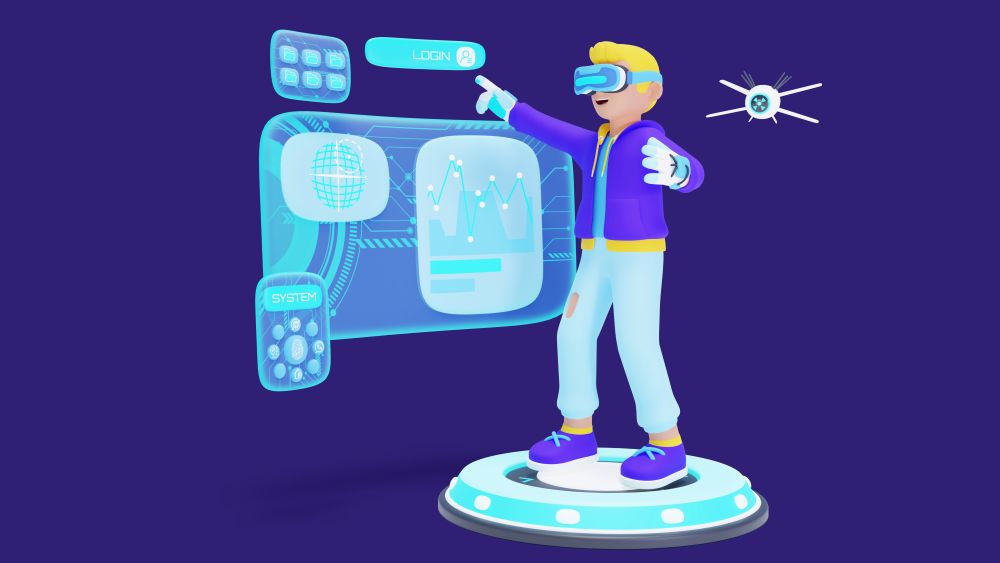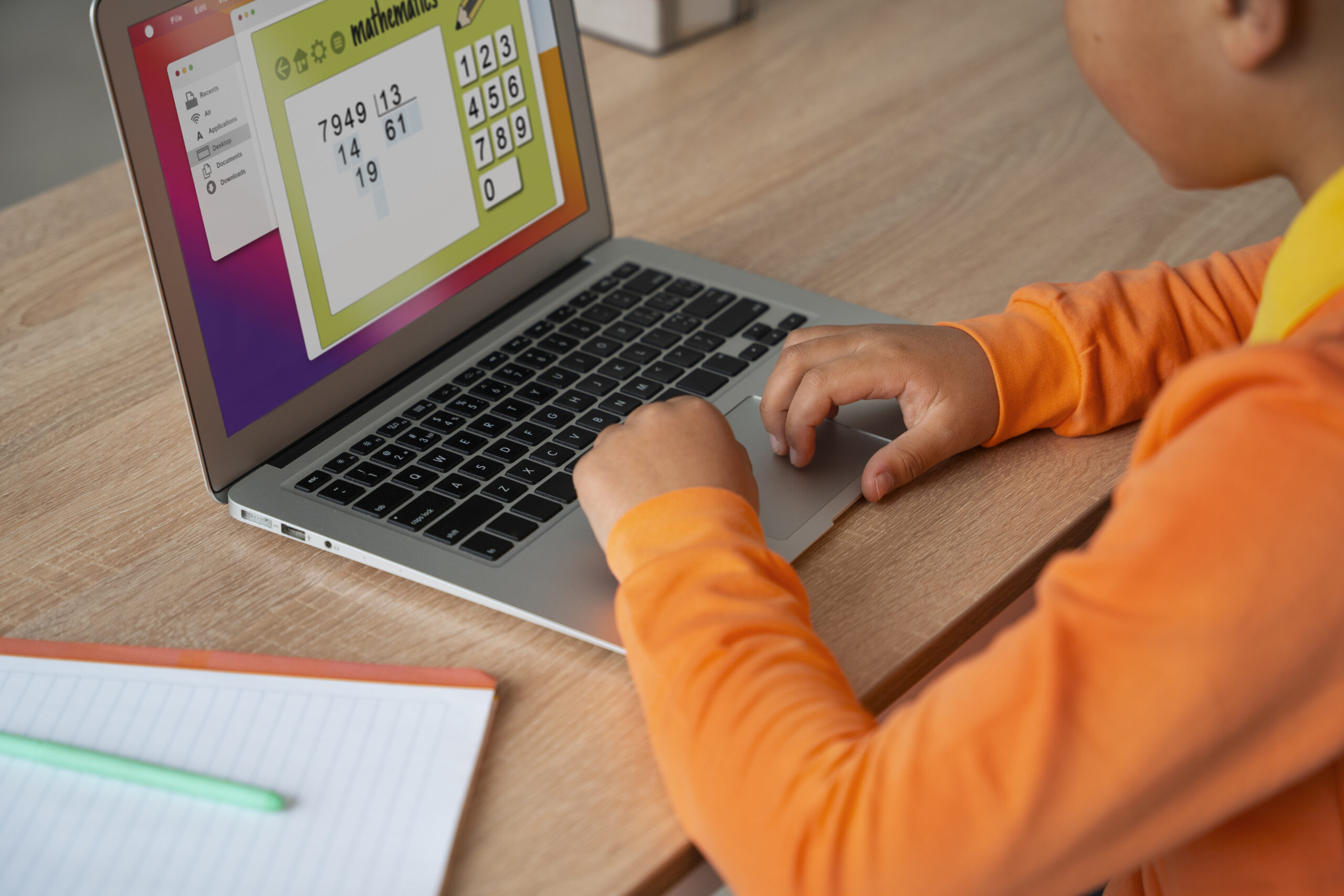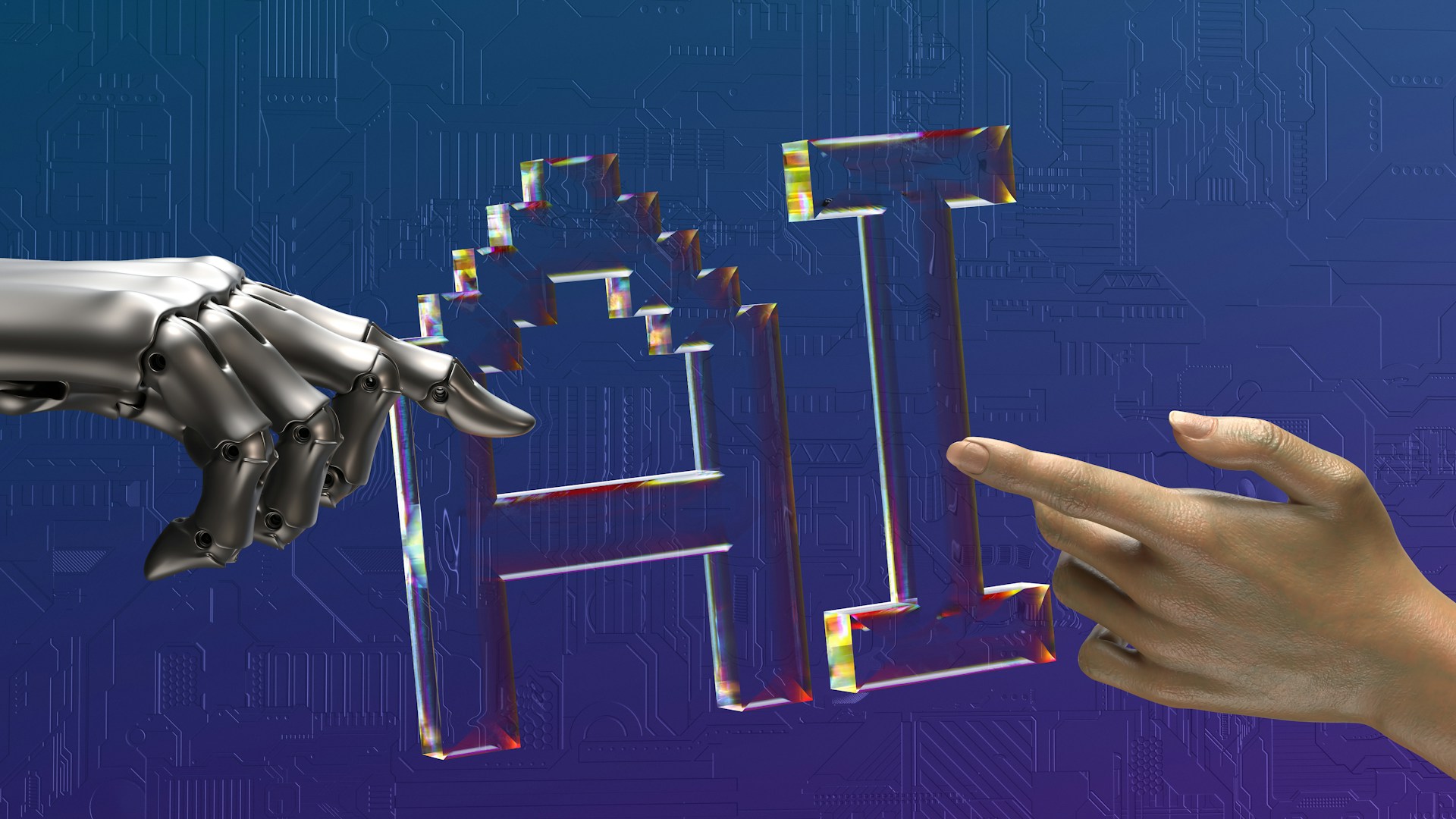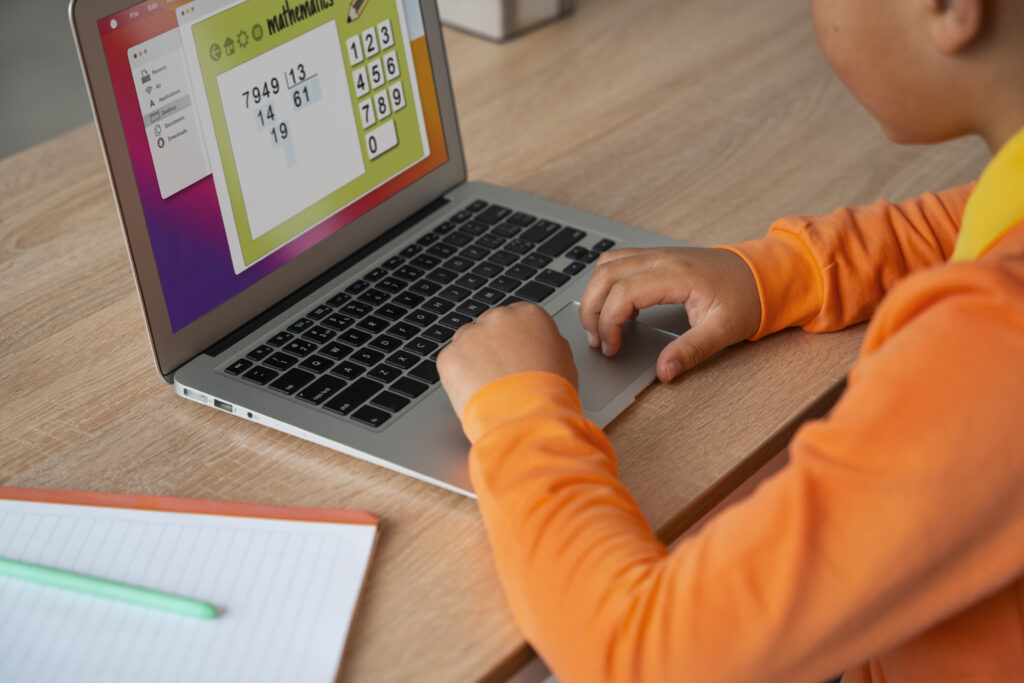
How Gamification is Revolutionizing E-learning and Training Programs
As education continues its digital evolution, the biggest challenge in e-learning isn’t access—it’s engagement. How do we ensure learners stay focused, motivated, and truly absorb the content? The answer increasingly lies in a powerful concept that blends psychology with technology: gamification.
Gamification in e-learning refers to the integration of game design elements—like rewards, progress tracking, and competition—into learning environments. When thoughtfully implemented, it transforms the learning process from passive consumption to active exploration.
At Edpilot Studio, we’ve seen how gamification doesn’t just increase engagement—it drives real learning outcomes. In this post, we’ll walk through the “why” and “how” behind this approach, supported by insights, examples, and best practices.
The Psychology Behind Gamification
Gamification isn’t about turning everything into a video game. It’s about leveraging human behavior. People are naturally wired to enjoy challenge, seek rewards, and feel a sense of achievement. These impulses are deeply rooted in our psychology and drive much of our behavior—even in serious, professional contexts.
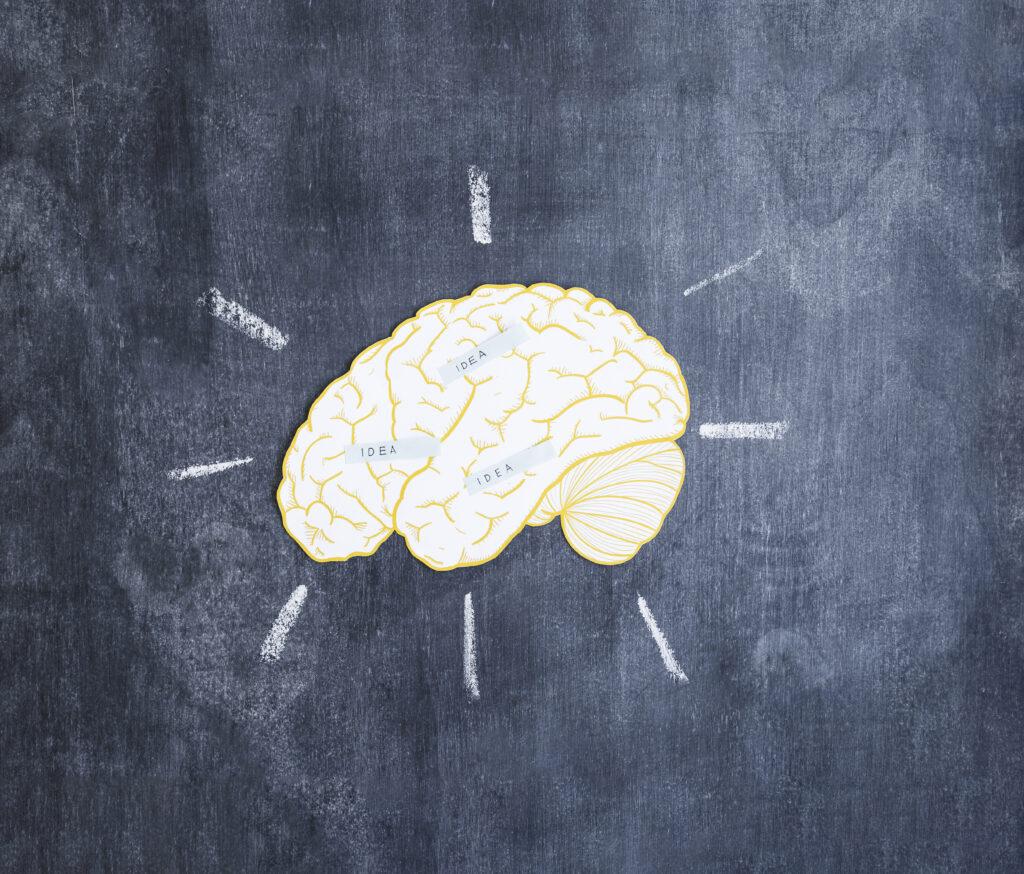
In learning environments, gamification taps into:
• Dopamine-driven motivation: Rewards, progress bars, and instant feedback trigger the brain’s reward system.
• Autonomy and mastery: Learners enjoy the freedom to progress at their own pace, while building skill confidence.
• Healthy competition: Leaderboards or peer comparison introduce light competition that drives improvement.
It’s no surprise that companies using gamified learning report higher course completion rates and improved learner satisfaction.
The Tangible Benefits of Gamified E-learning
1. Boosted Engagement and Participation
Traditional e-learning modules can quickly lose learners’ attention. Gamification elements like time-based challenges, quests, or unlockable content add a layer of excitement.
When Edpilot Studio gamified a digital onboarding module for a global services firm, learner participation increased by over 45% within the first two weeks. The reason? Learners stayed involved because they were rewarded for doing so—visually and psychologically.
2. Higher Retention and Knowledge Recall
When learners are engaged, they retain more. The interactive nature of gamification—where learners receive real-time feedback or are prompted to revisit concepts in fun, non-linear ways—promotes deeper cognitive processing.
Research from the Journal of Educational Psychology shows gamified learners retain content up to 40% longer than those in passive formats.
3. Motivated, Self-Paced Progression
Points, progress tracking, and achievements allow learners to track their development in a tangible way. This turns abstract goals (“complete the course”) into actionable steps (“earn 100 points to unlock the next level”).
Self-paced learners are especially empowered by gamified systems. They’re encouraged to go back, redo sections, and master concepts—without penalty or stigma.
How to Implement Gamification That Works
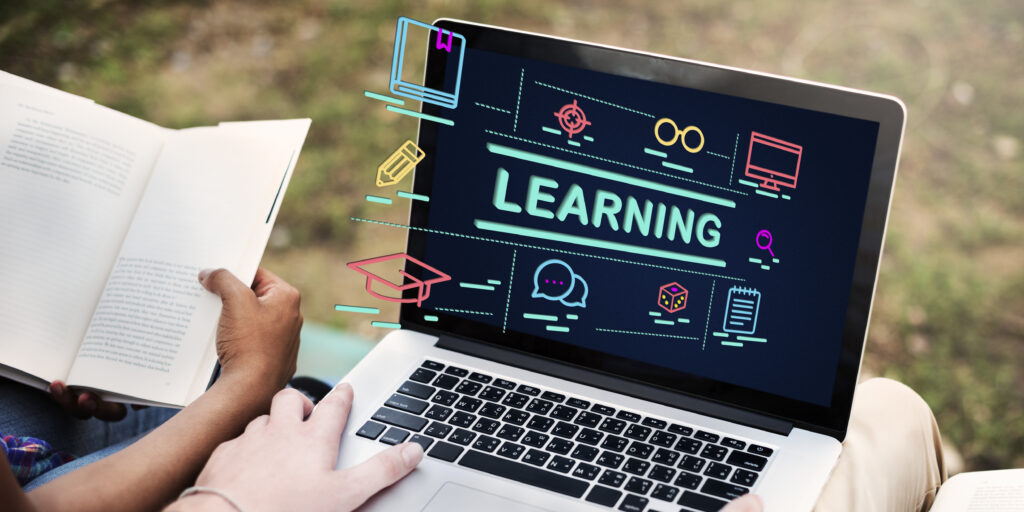
While the benefits are clear, the execution of gamification is what truly determines its success. Here are key strategies we use at Edpilot Studio to design effective gamified e-learning solutions:
Points, Badges & Leaderboards (PBL)
The classic trio—Points, Badges, and Leaderboards—form the backbone of most gamified platforms. These elements:
• Give learners real-time feedback on performance
• Introduce friendly competition
• Offer public recognition for achievement
We customize PBL elements to match client goals, ensuring they feel purposeful, not gimmicky.
Interactive Quizzes, Simulations & Role-play
Assessment doesn’t have to feel like a test. Gamified quizzes incorporate timers, hints, lifelines, and adaptive difficulty. Real-world simulations or branching scenarios immerse learners in decision-making environments.
For example, in a compliance training module Edpilot Studio built for a healthcare client, learners played the role of a front-line nurse making decisions under pressure. Not only did it reinforce policy knowledge, it built empathy and practical judgment.
Feedback and Progress Loops
Good games always let players know how they’re doing. Great gamified learning does the same.
By giving learners immediate feedback, the learning loop is shortened. They understand mistakes, see their impact, and adjust accordingly—all within the same session. This kind of responsive learning is both efficient and impactful.
Real-World Applications of Gamified Learning

Here’s how gamification is being applied across industries:
• Corporate Training: Companies use gamification to drive completion of mandatory modules (like cybersecurity), soft skills training, or sales enablement. The result? Faster onboarding, better performance metrics, and less resistance to training.
• Higher Education: Universities gamify participation in online classes by awarding points for discussion posts, peer reviews, or completing bonus activities. This increases engagement in asynchronous learning environments.
• K-12 Learning: Teachers are using badge-based learning and digital quests to reinforce STEM concepts. This helps keep students motivated without traditional grade pressure.
At Edpilot Studio, our 3D e-learning design takes gamification a step further by immersing learners in virtual environments that feel tangible and rewarding. From healthcare to retail to vocational training, we help organizations design learning that learners want to return to.
Best Practices for Effective Gamification
Not every game element makes sense for every audience. That’s why a thoughtful, customized approach is key. Here’s what we recommend:
Align Game Elements with Learning Goals
Every badge, point, or challenge should reinforce a specific learning objective. For instance, a badge for “perfect patient interaction” should only be awarded when the learner demonstrates mastery—not simply for watching a video.
Prioritize Simplicity and Usability
Don’t over-design. Gamification works best when it’s intuitive. Learners should instantly understand how the system works—what earns them rewards, how they can progress, and what’s next.
At Edpilot Studio, we blend game theory with UX best practices, ensuring learners feel guided, not overwhelmed.
Keep Content Fresh
Stale content kills engagement. Periodically updating challenges, introducing seasonal rewards, or rotating mini-games can reinvigorate a learning program. Think of it like releasing new game levels to keep players coming back.
What’s Next: Gamification and the Future of Learning
As organizations move toward continuous learning models, gamification will play a central role in keeping content relevant and sticky. Whether you’re teaching AI skills, onboarding new hires, or training field technicians, gamified platforms ensure learners don’t just show up—they engage, remember, and apply.
And with emerging technologies like 3D visualization and adaptive AI, gamification is becoming more personalized, immersive, and data-driven than ever.
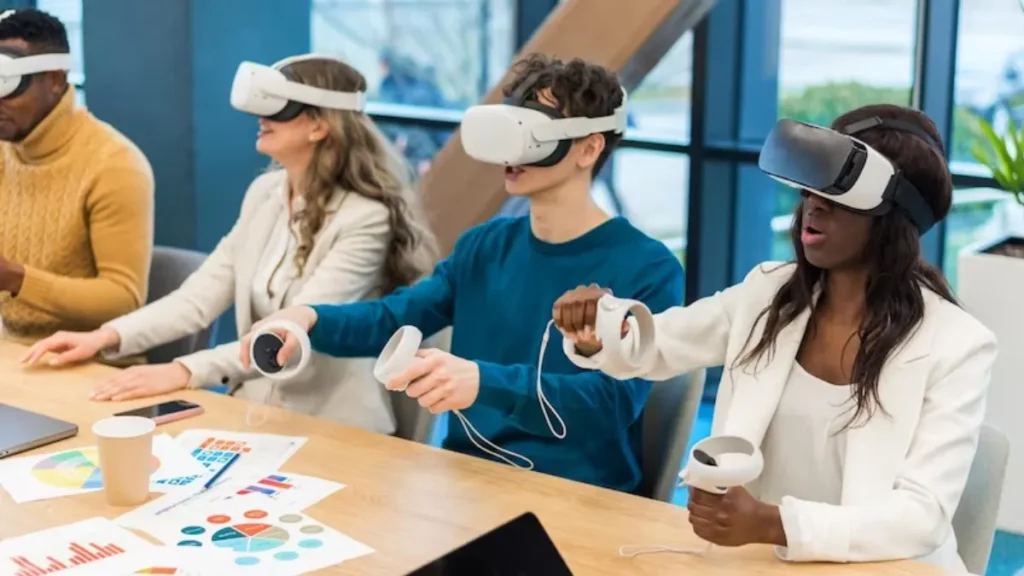
At Edpilot Studio, we’re at the forefront of this transformation. Our gamified e-learning solutions don’t just look impressive—they deliver results. With interactive 3D modules, real-world simulations, and data-powered learning paths, we build systems that turn training into an experience.
Ready to Build a Learning Experience People Will Love?
If you’re looking to boost learner engagement, increase knowledge retention, and modernize your training strategy, gamification is the way forward—and Edpilot Studio is here to help.
Let’s design your next gamified e-learning program together.
Contact us to explore our custom solutions or schedule a live demo of our 3D-powered learning environments.
Because learning shouldn’t feel like a chore—it should feel like progress.

